Écija, the City of Towers
On your trip to Écija, you will see from a distance why it is popularly known as the City of Towers. Eleven towers stand out against the urban landscape, each from a different church in the town. Its invaluable architectural heritage, with over ten palaces, seven convents and five museums, has been declared a Historic-Artistic Site.
Founded by the Romans under Emperor Augustus with the name of Astigi, it never lost its grandeur. You will be amazed by the endless number of archaeological remains you will see scattered along its beautiful streets. This includes the fountain where, according to legend, Paul of Tarsus evangelised the Astigitans. Experience the day-to-day life of its people at El Salon, Plaza de España. You can rest in one of the bars under the medieval arcades, while enjoying a tapa of traditional espinacas labradas. Or, walk along the riverbank of the Genil riding a purebred Spanish horse from one of the five stud farms in Écija. This is why the town is also known as the City of the Horse.
Heavily marked by the scorching sun of La Campiña, its baroque history and its love for horses, Écija invites you to discover a unique ancestral city.
Getting to Écija
If you are driving from Seville, Huelva or Cádiz, take the A-4 motorway towards Córdoba until the exit to Écija. Use the same motorway if you are coming from Córdoba and Jaén.
From Málaga, Granada and Almería, take the A-92 motorway to Osuna and from there, drive along the A-351 road which leads directly to Écija.
The closest train station is in the Cordovan town of Palma del Río, just 27.19 kilometres from Écija. From there, you can take a taxi or a bus to get to your destination.
Buses operated by the ALSA bus company run regularly from Prado de San Sebastián Bus Station in Seville.
Getting around
Stroll through the beautiful and historical streets of Écija. You can also take the city bus, known locally as ‘el Trompo’ to get around the city. There is also a taxi service available. Another option is to take a horse riding route through the natural landscape or rent a bike.
Reasons to visit
- Visit each of the eleven towers that made Écija famous and pop into its beautiful churches.
- Admire the Amazona herida, the 2nd-century Roman sculpture in the Archaeological Museum. There are only four in the world: New York, Berlin, Rome and Écija.
- Learn about the longest balcony in Andalusia at Peñaflor Palace and its beautiful décor.
- Visit the underground car parks at El Salón, Plaza de España, where you will find traces of the ancient Roman city.
- Stroll through the streets and discover archaeological remains that are no part of the street furniture.
- Try the Yemas El Ecijano, a traditional local sweet made from egg yolk, as well as cortadillos and tortas de San Martín de Porres, traditional local confectionery.
- If you like legends, Écija has thousands, and the Tourism Office can offer you a tour to learn more about them.
- Learn all about breeding Spanish thoroughbred horses in their famous, award-winning stud farms.
- Experience the most important festivity in Écija: the Holy Week. The Easter festivities, with their splendid Renaissance and baroque carvings, have been declared of National Tourist Interest.
- Don’t miss the Noche Flamenca Ecijana in July, an event that has been held for over 30 years.
What to see
You will learn a lot about the origins of our history in Écija. Founded by Emperor Augustus, Astigi is one of the oldest cities in southern Spain. Its heritage was declared a Historic-Artistic Site in 1966. Roman remains, palaces and baroque temples can be found everywhere, crowned with majestic towers, which have made the city famous.
The Tourism Office offers guided tours to churches and stately homes. The tour includes visits to interesting places such as Santa María Church, which has a museum with a collection of prehistoric, Roman and Arab remains in the courtyard, and Santa Cruz Church, with a palaeo-Christian sarcophagus with Greek inscriptions. But, undoubtedly, Santiago Church is the most elegant church in Andalusia. On this tour of the religious buildings, Don’t forget to try the bizcochos marroquíes, delicious Astigitan pastries made at Santa Florentina Convent, during the religious building tour.
The historic centre revolves around the Plaza de España, known to everyone as El Salón. It houses the Town Hall and buildings with medieval arcades. Under the square is a public car park where one can see remains of the ancient Roman city. From El Salón, you can walk down Calle de Abajo to the fountain which, according to legend, Paul of Tarsus used to christen the Astigitans.
You will discover unexpected gems as you walk through the beautiful alleys, including the Arch of Bethlehem, an interesting altar in the middle of Calle Virgen de la Piedad. You will love the façades of the palaces and stately homes, some of which are open to the public. Highlights include the Palace of Justice, inspired by the Alhambra, Peñaflor Palace, with the longest balcony in Andalusia, and Benamejí Palace, now home to the Archaeological Museum. The museum is home to one of the four Roman marble sculptures of the Amazona herida that exist in the world.
Finish your visit at one of the stud farms to see how the Spanish purebred horses are bred. Why not take a horse ride through La Campiña. If you are feeling adventurous, you can go canoeing and rafting in the River Genil. The Vía Verde Route is also a good option for hiking or cycling.
Places to visit
- Nuestra Señora de la Limpia Concepción Church (Barefoot Carmelite)
- Santa María Church, Santa María Parish Museum and Santa María Tower
- San Juan Church and San Juan Tower
- Santiago Church and Santiago Tower
- San Gil Church and San Gil Tower
- San Francisco Church
- Santa Cruz Church, Museum of Sacred Art and Santa Cruz Tower
- Shrine of El Valle
- La Concepción Church and Las Gemelas Towers, the only thing that remains of the former Merced Convent
- Santa Bárbara Church and Jesús sin Soga exterior chapel
- Santo Domingo Conventual Church and Santo Domingo Tower
- Santa Ana Church and Santa Ana Tower
- La Victoria Church and La Victoria Tower
- Carmen Church and Carmen Tower
- Santa Florentina Convent
- Concepcionistas Franciscanas Convent, Santísima Trinidad and Purísima Concepción Convent and Tower of the Moroccans
- Philippians Convent
- Sisters of the Cross Convent
- Las Teresas Convent (San José Church)
- Santa Inés Royal Convent
- Palace of Justice
- Palma Palace
- Pareja Palace House (Municipal Library)
- Santaella Palace
- Benamejí Palace and Municipal Historical Museum. Highlights: the sculpture of the Amazona Herida, the mosaics and the funerary stelae placed along the roads
- Benamejí viewpoint
- Peñaflor Palace
- Granados Palace House
- Prado Castellanos Palace House, 16th-19th century
- Valdehermoso Palace
- Alcántara Palace
- San Gil Confraternity House-Museum
- Palma Palace House-Museum
- Plaza de España (El Salón), Roman archaeological remains and arcades
- El Picadero Archaeological Park, remains of the Reales Alcázares de Écija
- Town Hall
- Plaza de Toros and bullfighting school
- Old Casino building
- Municipal Market (former convent)
- Barrero Park and Lagoon
Surroundings
Écija is nestled in the Genil Valley to the east of the province, about 88 kilometres from Seville. To the northwest, it borders the province of Córdoba, to the south with the Sevillian Sierra Sur region and to the west with Carmona. Its flat fields of cereal, barley, sunflower and olive crops are worthy of note.


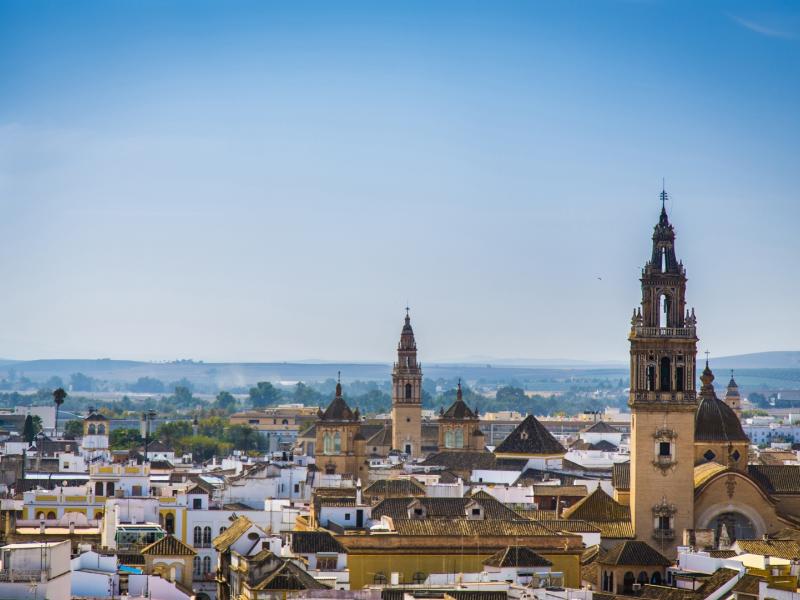
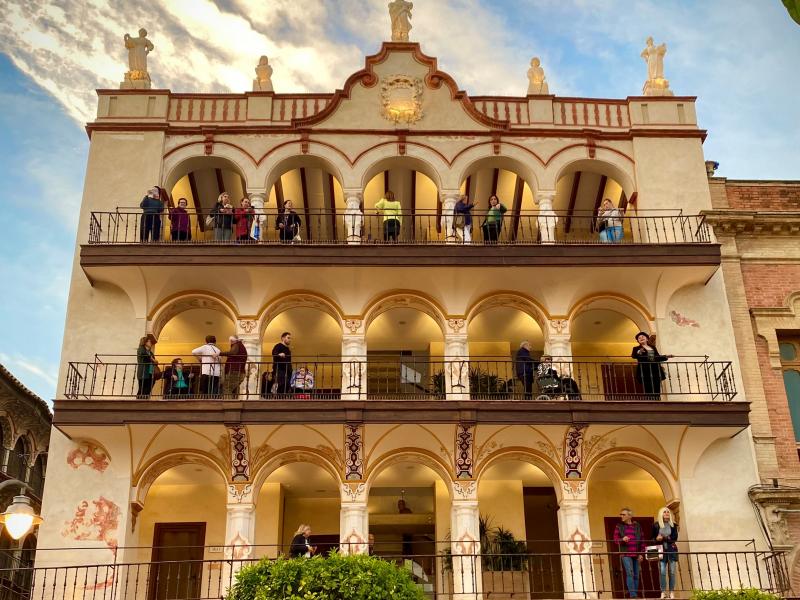
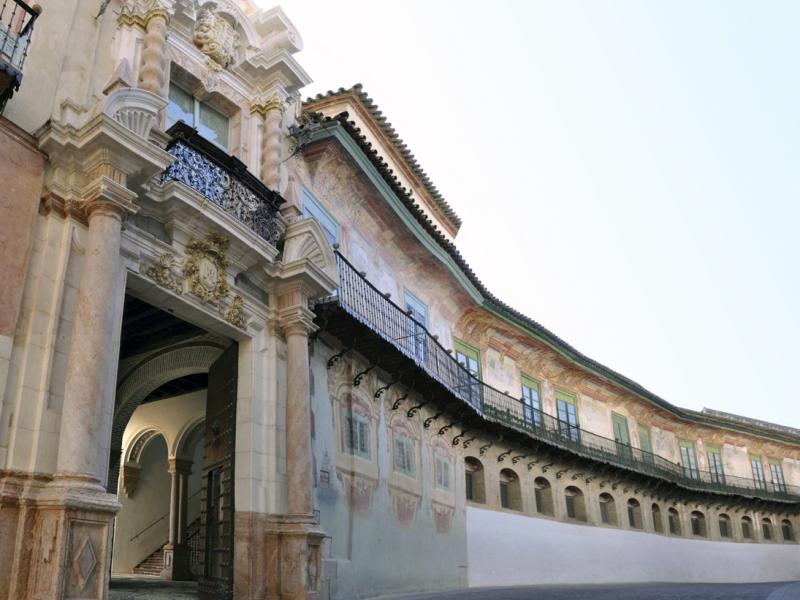
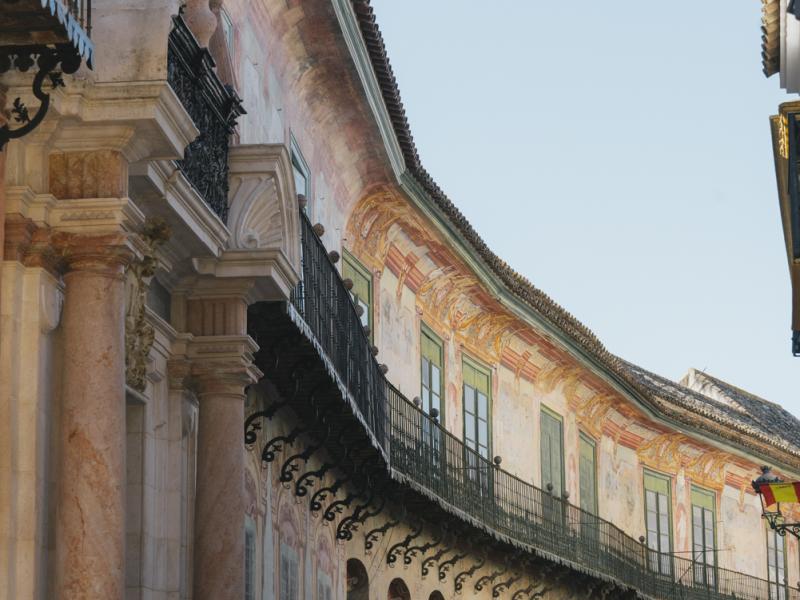
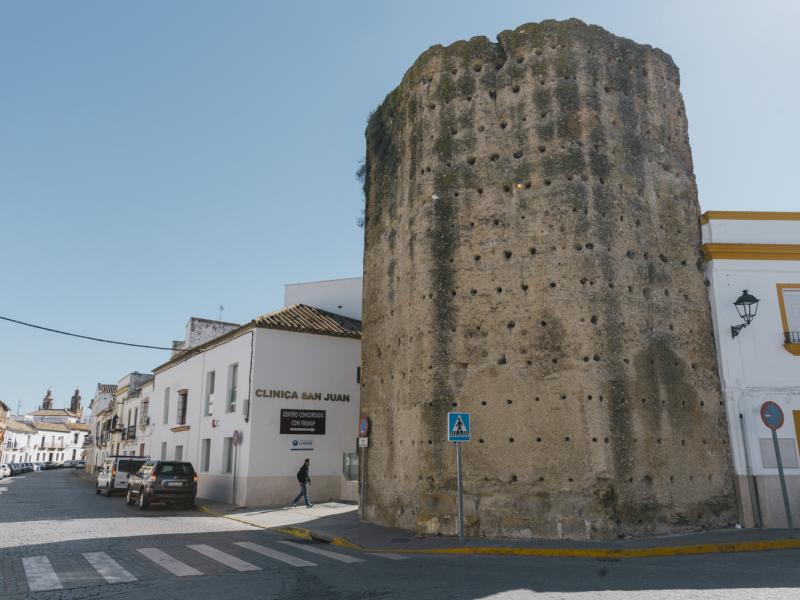
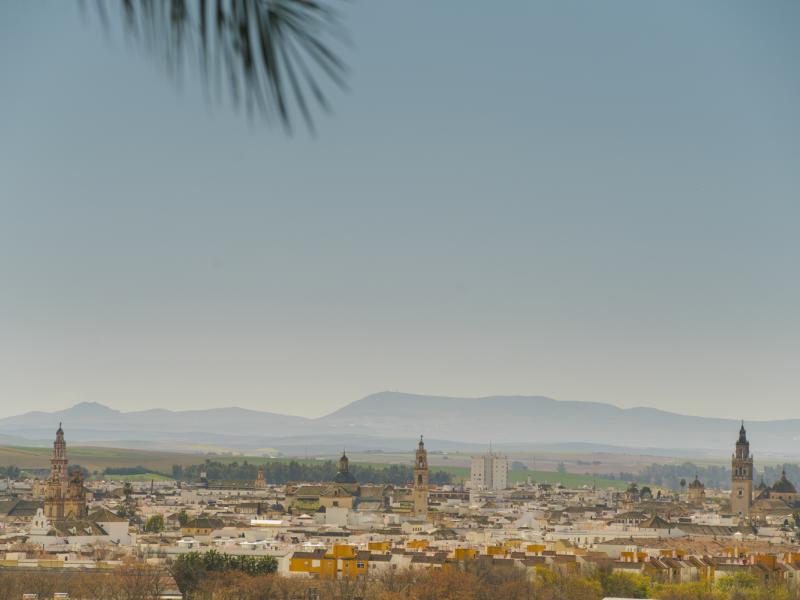
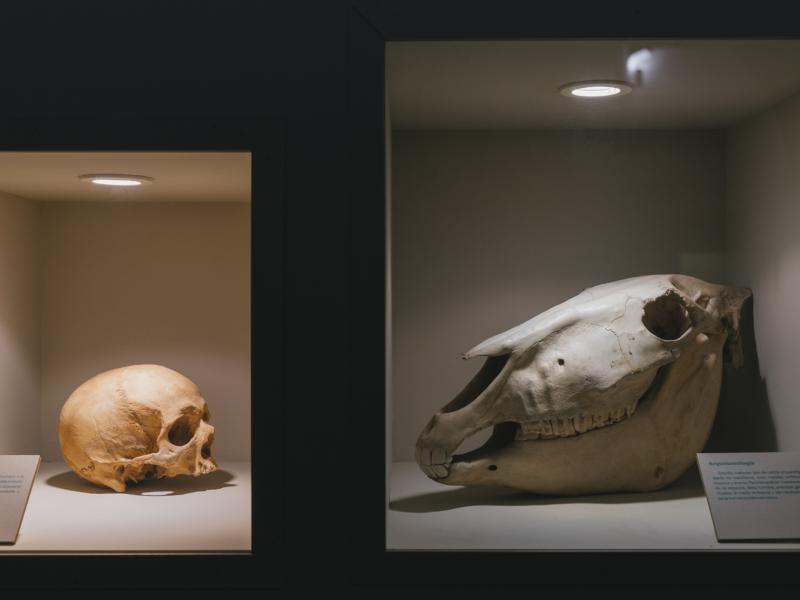
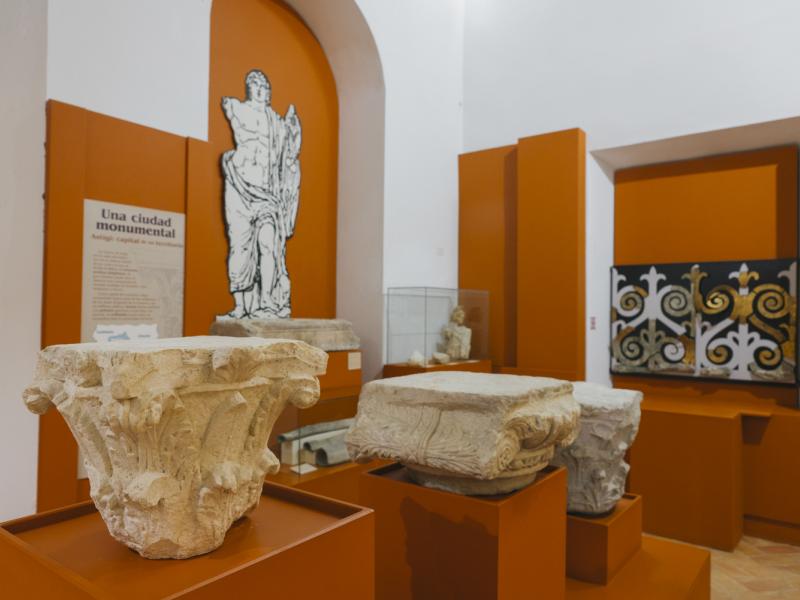
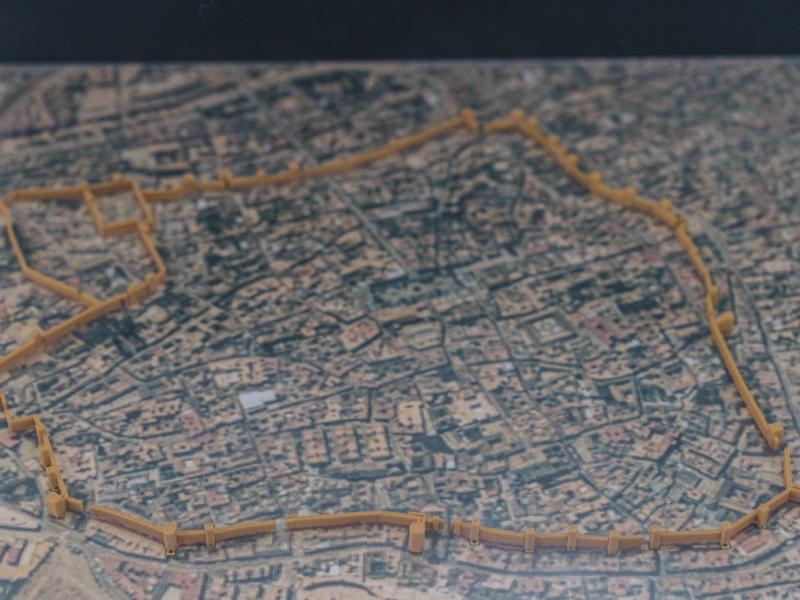
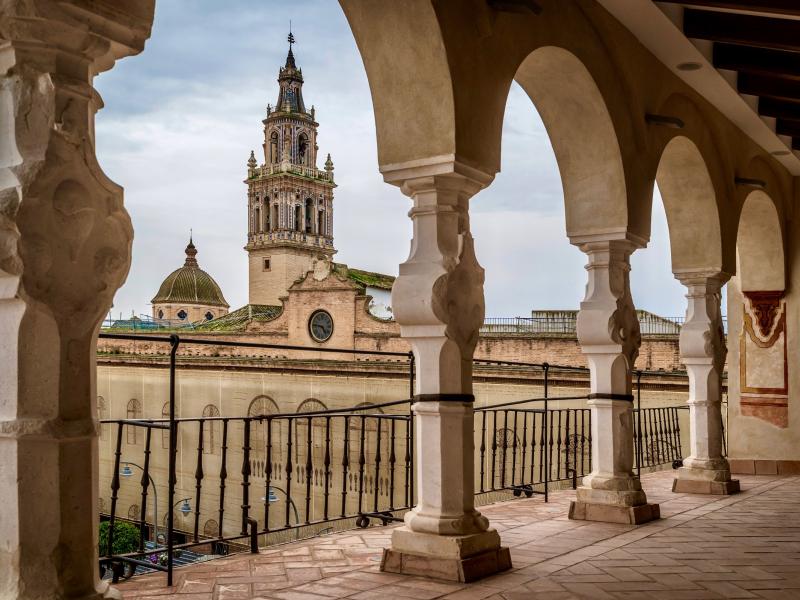
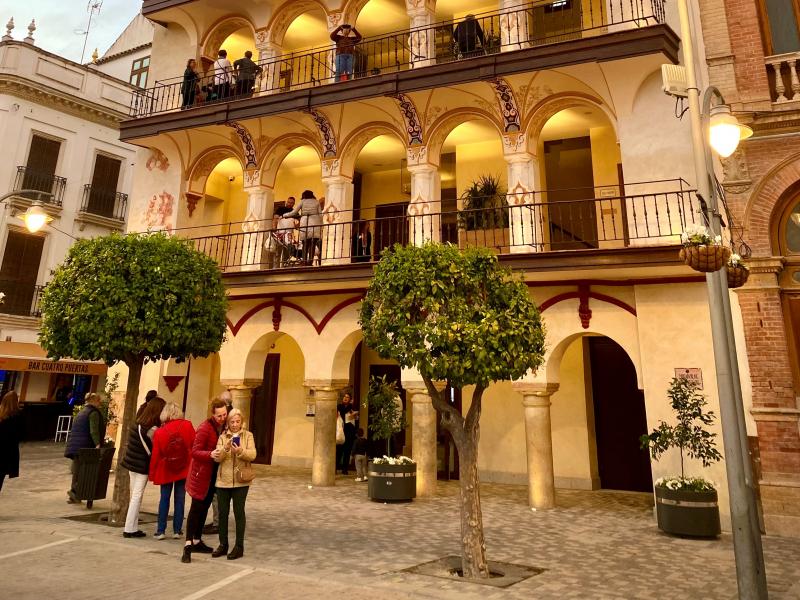
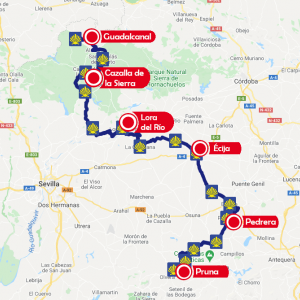
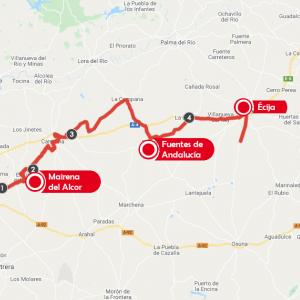
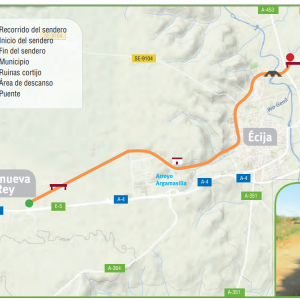
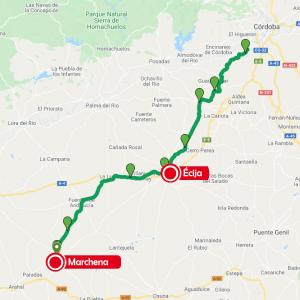
3 comments
Deseo información accesible para conocer Écija. PMR (personas con movilidad reducida) en silla de ruedas eléctrica.
Un saludo
Buenos días Yaneth, como ya le ha indicado el compañero, en la hoja de horarios de los monumentos de Écija podrás ver el icono de monumento accesible. A ellos debemos aclarar que la segunda planta del Palacio de Peñaflor no es accesible aún.
Sumamos a esa lista de monumentos la iglesia de los Descalzos y la Plaza de Abastos.
No dude en hacernos llegar cualquier consulta a través del teléfono: 955902933 o correo electrónico turismo@ecija.org
saludos cordiales
Hola Yaneth, la oficina de turismo de Écija nos envian los horarios actualizados de los monumentos, algunos de ellos tienen el icono de accesibilidad. También nos dejan este enlace de rutas de turismo accesible en Écija elaborado por Puedo Viajar.
https://www.puedoviajar.es/archivos_web/file/guias_turismo/cultura_accesible_ecija.pdf
Si necesitas cualquier aclaración más te atenderán encantados :
Información de contacto
+34 955 90 29 33
turismo@ecija.org
www.turismoecija.com
facebook.com/TurismodeEcija
Twitter.com/Turismoecija
www.instagram.com/turismoecija/
New comment
The comments are moderated, so it takes a while to appear. If they contain offensive language they will not be published.